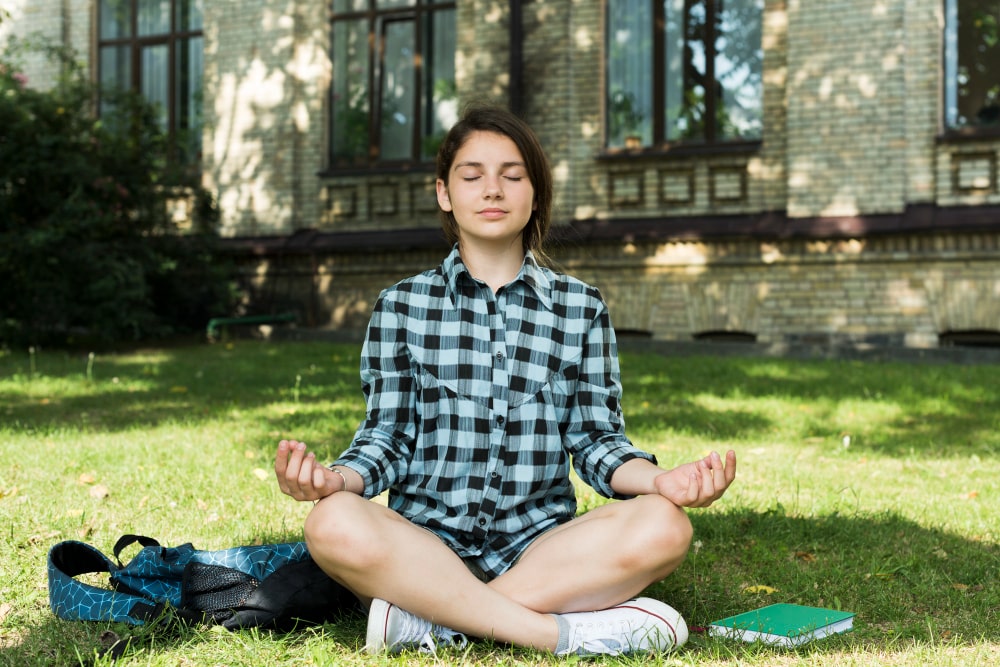Do you constantly feel overwhelmed, anxious, or stressed? Are you seeking a way to calm your mind and find inner peace? Meditation is a powerful tool that can help you achieve a sense of calm and clarity in your daily life. It has been practiced for thousands of years and has numerous physical, mental, and emotional benefits.
You may have heard about meditation but don’t know where to start. If you are one of the many beginners looking to incorporate meditation into your daily routine, this is the perfect guide for you.
Today, through this article, we will introduce seven simple meditation techniques for beginners that you can quickly implement to start your meditation journey. These techniques are easy to follow and will help you build a strong foundation for your meditation practice.
Must Read: 7 Spiritual Principles for a Fulfilling Life
7 Simple Meditation Techniques for Beginners
1. Mindful Breathing
Mindful breathing is the most basic and widely used meditation technique. It focuses on your breath and helps you become more aware of the present moment. To practice this technique, find a comfortable position and gently close your eyes. You can do it for as little as five minutes or up to twenty minutes.
As you start, take deep breaths and focus on the sensation of air entering and leaving your body. You may also count your breaths from one to ten and start over again. This simple practice helps to focus your mind, keeping it from wandering, and brings a sense of calm and clarity to your day. If you feel your mind wandering, gently bring it back to your breath.


2. Body Scan Meditation
Body scan meditation is another popular technique for beginners. Most of us carry tension in our bodies, and this technique helps release it. Find a comfortable position to lie down or sit with your eyes closed.
You will focus on your breath and then gradually move your attention to different parts of your body. You can scan from head to toe or vice versa, noticing any sensations or areas of tension. As you become aware of these areas, take a deep breath and imagine the tension releasing with each exhale. This practice helps to relax your body and mind, leaving you feeling more peaceful and present. Body scan meditation is ideal for beginners because it is easy to follow and can be done in as little as ten minutes.
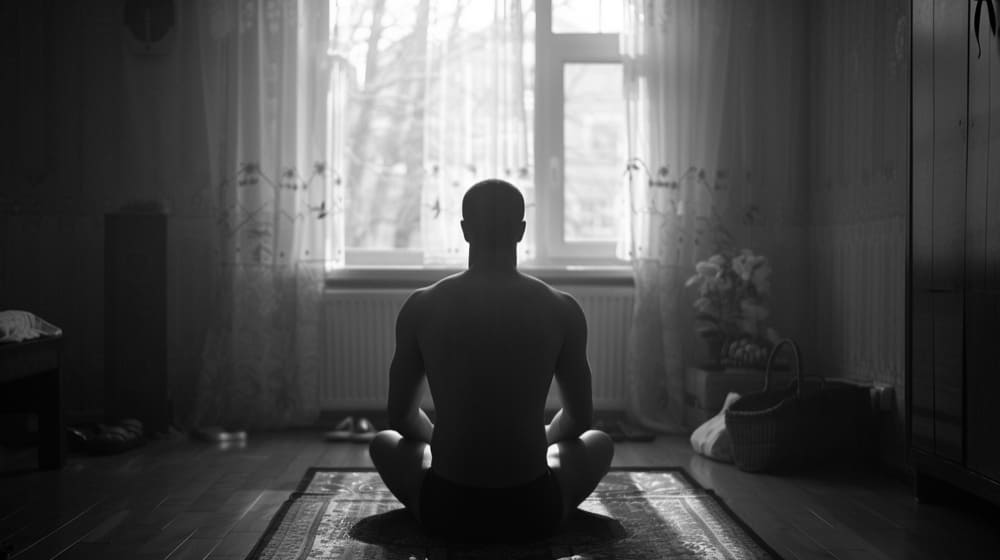

3. Guided Meditation
Guided meditation is excellent for beginners because it provides structure and guidance throughout the practice. You can find guided meditations on various topics, including mindfulness, relaxation, stress relief, and more. These recordings are typically led by experienced meditation teachers or practitioners who will guide you through the steps of meditation.
All you need to do is sit comfortably with your eyes closed and follow along with the instructions. This technique is perfect for those who struggle to quiet their minds and need guidance. You can choose from various guided meditations, making it easy to find one that resonates with you. I saw most beginners prefer guided meditation because it makes the experience more accessible and enjoyable.
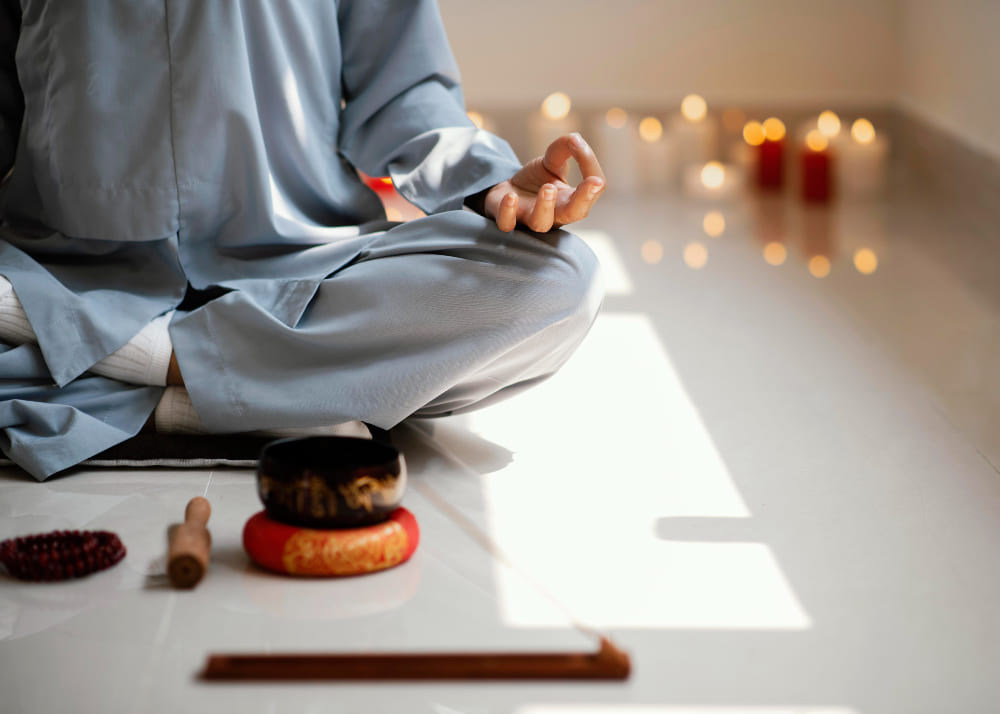

4. Mantra Meditation
Mantra meditation is a powerful technique that involves repeating a word or phrase to focus your mind and calm your thoughts. The mantra can be any word or phrase that has significance to you, such as “peace,” “love,” or “I am calm.” You can say it aloud or silently in your mind for a few minutes. As you repeat the mantra, let go of intrusive thoughts and allow yourself to be fully present.
This calming practice helps build positive affirmations that benefit you beyond your meditation sessions. It may take some time for a beginner to find the right mantra, but you will experience its powerful effects once you do. You can combine mantra meditation with techniques like mindful breathing or body scan for a more profound experience.


Read More: Picking the Best Crystals for Protection
5. Walking Meditation
Walking meditation can be an excellent alternative if you find it challenging to sit still for an extended period. This technique focuses on your body’s movement and sensations while walking. You can practice indoors or outdoors, in a park or a quiet place.
Start by walking at a natural pace and focus on the sensation of your feet touching the ground. Notice the movement of your legs, the swinging of your arms, and your breath. If your mind wanders, bring your attention back to the movements of your body. You can also add a mantra or count your steps to help maintain focus.
Walking meditation helps improve concentration and mindfulness and can also be beneficial for physical health. It can improve circulation and posture, reduce stress and anxiety, and increase overall well-being.
Take advantage of your surroundings while walking mindfully. Observe the natural beauty around you, the sounds of nature or city life, and appreciate the present moment. So, the next time you walk, try this simple meditation technique.


6. Candle Gazing Meditation
This technique involves fixing your gaze on a candle flame and focusing on it. It is also known as trataka meditation, and it helps improve concentration and focus. You will need a candle, a quiet space, and about 10-15 minutes of your time to practice this technique.
Light the candle and sit comfortably in front of it, keeping your gaze fixed on the flame. As you watch the flame flicker, maintain a soft focus without blinking. You may also visualize the flame in your mind’s eye with closed eyes. If your mind starts to wander, gently bring it back to the candle flame.
Many people find this technique soothing, making it an excellent choice for beginners. It also helps improve eye health by reducing strain and tension in the eyes. To achieve the best results, make this meditation technique a regular part of your daily routine, as consistency is crucial.
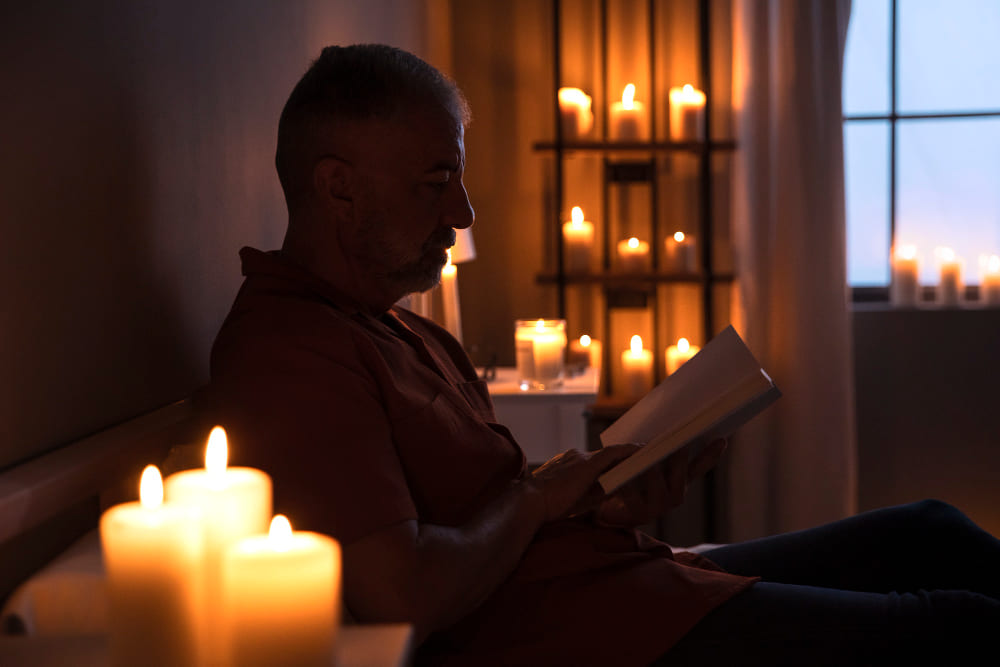

7. Gratitude Meditation
Gratitude meditation is an effective practice that can significantly change your perspective. It’s all about appreciating the present moment and everything you already have in your life. Shifting from negative thoughts to positive ones can bring more happiness and a life full of hope and inspiration.
Start by sitting comfortably with your eyes closed and take a few deep breaths. As you breathe, bring to mind things you are grateful for, no matter how big or small they may seem. It could be something as simple as having food on the table or being surrounded by loved ones. Allow yourself to feel genuine gratitude and appreciation for these blessings.
Practicing gratitude regularly can improve overall happiness, reduce stress and anxiety, and promote a positive outlook on life. You can also incorporate gratitude into other meditation techniques by focusing your thoughts on what you are grateful for in the present moment.
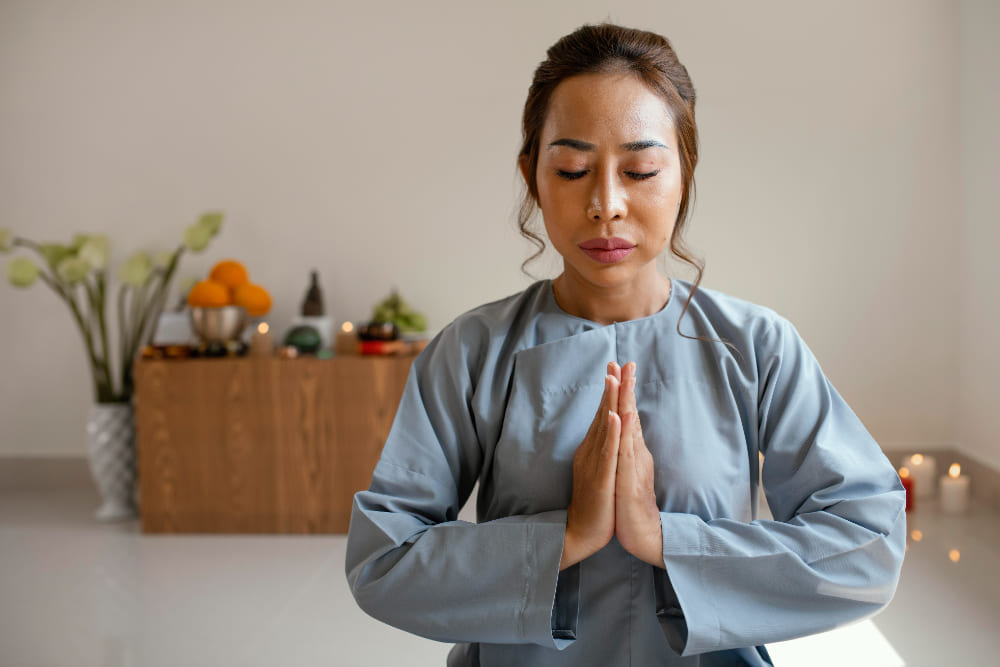

Some Helpful Tips
These are just a few of the many meditation techniques that you can try as a beginner. Remember to be patient with yourself and not get discouraged if your mind wanders during practice. It is entirely normal, and with consistency, you will notice improvements in your ability to focus and be present.
Here are some helpful tips for beginners:
Create a Consistent Routine:
Establishing a regular meditation schedule can help make the practice a habit. Try to meditate at the same time each day, whether in the morning to begin your day with clarity or at night to unwind.
Find a Comfortable Space:
Find a peaceful and relaxing place where you can avoid distractions. It can be a corner in your room, a spot in your garden, or any place that feels peaceful and safe.
Start Small:
If you’re new to meditation, start with just a few minutes daily and gradually build up the time as you get more comfortable. You know, even just five minutes can really make a difference.
Be Patient:
Developing the skill of meditation requires patience and consistent practice. Don’t be discouraged if you find it challenging to quiet your mind at first. With consistent practice, it will become more manageable.
Use Aids if Needed:
Consider using meditation aids like guided meditations, apps, or soothing music to help you focus. Tools such as pillows or chairs designed for meditation can also enhance comfort.
Mind Your Posture:
Your posture is crucial in your meditation practice. Sit straight back, relax your shoulders, and place your hands comfortably on your lap or knees.
Stay Flexible:
Meditation should be a flexible practice that adapts to your needs. Feel free to try or combine different techniques to see what works best for you.
Acknowledge Your Thoughts:
It is quite natural for thoughts to wander during meditation. When this happens, gently acknowledge the thoughts and then return your focus to your breath, mantra, or chosen focal point.
Practice Mindfulness Throughout the Day:
Bring Mindfulness into your daily activities. Simple acts like eating, walking, or washing dishes can become opportunities to practice staying present.
Be Kind to Yourself:
Avoid judging your meditation practice. Every session is unique, and there is no right or wrong way to meditate. Acknowledge and celebrate your progress and efforts, regardless of their size.
By incorporating these tips, you can create a meditation practice that fits your lifestyle and enhances your well-being. Remember to be patient with yourself and trust in the process, and you will reap the benefits of meditation. So, choose a technique that resonates with you, start small, and watch as it transforms not only your mind but also your life.
You may need: How to Grow Spiritually According to the Bible
Final Thoughts
Getting on a meditation journey can be a transformative experience, bringing lasting changes to your mental, emotional, and physical well-being. Whether you are seeking to reduce stress, improve concentration, or cultivate a more positive outlook on life, meditation offers a path to achieving these goals.
Remember that the key to a successful meditation practice is consistency and patience. Do not be discouraged by initial difficulties or if your progress feels slow. Every effort you put into your meditation practice is a step towards a healthier and more peaceful life.
Embrace the journey with an open heart and mind, and allow yourself to explore the various techniques until you find what resonates best with you. In time, you will find that meditation not only enhances your personal growth but also enriches your overall happiness and fulfillment.
Frequently Asked Questions
How long should I meditate each day?
It is beneficial to start with just a few minutes each day, especially if you are a beginner. As your confidence grows, you can slowly extend the length of your sessions. Aim for 10-20 minutes per day to start experiencing noticeable benefits.
When is the optimal time of day to meditate?
There is no universal “best” time to meditate as it varies from person to person. However, many people find meditating in the morning helps them start their day with clarity and focus. Others opt for evening meditation to relax and relieve stress. Select a time that integrates smoothly into your daily routine.
Do I need any special equipment to meditate?
No special equipment is necessary to meditate. All you need is a quiet and comfortable space where you can sit and focus without interruptions. However, aids such as meditation cushions, chairs, or apps can help enhance your experience.
How can I maintain focus if my mind keeps wandering during meditation?
It’s perfectly normal for your mind to wander during meditation, especially when you are just beginning. When you notice your thoughts drifting, gently acknowledge them without judgment and bring your focus back to your breath, mantra, or focal point. As time goes on, you will find it easier to sustain your focus.
How can I stay motivated to keep up my meditation practice?
Consistency plays a crucial role in establishing a meditation practice. Establish a regular schedule, even if it’s just for a few minutes each day. Establish achievable goals and keep in mind the advantages of meditation. Keeping a meditation journal to track your thoughts and progress can also help maintain motivation and provide a sense of accomplishment.
